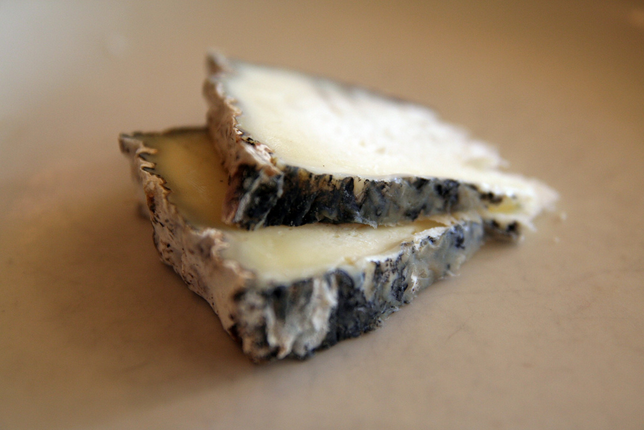Some words for foods are easily translatable. The word’s functional meaning shifts effortlessly between tongues. Tomato and pomodoro both indicate Solanum lycopersicum, member of the nightshade family. Poulet, pollo, and chicken look the same rubbed with oil and garlic roasting in a hot oven. In these cases, there is little room for deliberation: oil, butter, wine. Rice, wheat, corn. Their translations are patently accessible. Learning the words for foods in other languages is particularly satisfying. There’s immediate sensory recognition: the words indicate familiar tastes, smells, textures, and sights. The intimacy with what we eat follows. In learning to say tomato in another language, we begin to feel in it also.
But this question of feeling is where it gets finicky. While most anything carries a “literal” meaning in another language, its usage and implication remain awkward in translation. A New York bakery and a Parisian boulangerie operate in different ways. In both places flour is mixed with yeast and water, let to rise and baked. Yet we do not eat bread in the same ways, and the bread we eat is not the same.
Take, for example, the French word tomme. My first day of work at the cheese shop a colleague asked me what kind of cheese I liked. Tomme, I said. He was quick to call me out.
“Tomme is not a kind of cheese. Be more specific.”
“Oh, okay.” I tried again. “Sheep’s milk from the Basque part of France?” He pointed out a few varieties that fit the description: abbaye de belloc, tomme brebis tunnel, tomme brebis fedou. I learned to describe them as “nutty” and “rich.”
Often customers will list categories of cheese they are looking for. Sometimes, always if they are French, they ask for tomme. The cheesemonger immediately tenses and tosses back what I was told my first day, “Well, tomme isn’t a kind of cheese. It doesn’t mean anything. What do you want?”
Hearing this, saying this, I got curious. There was no way for a word to be utterly meaningless. What if the meaning indicated different criteria than the ones usually work we with?
Dictionaries skip it or offer the circular translation: tomme cheese. The most obvious literal translation for tomme is “wheel.” Tomme is a broad category, with no specific meaning about what the components of the cheese are, where it comes from, or what it tastes like.
Asking for tomme is like asking for red wine. It rules out more specific styles, like blue cheese, cheddar, or alpines, but leaves room for tremendous variation. Tomme de Rabelais is a milky semisoft cow’s milk cheese with undertones of mushroom soup. The wheel is flat and wide. Tomme Chevre Tunnel is a boozy and rich goat wheel from the Auvergne. Tomme de Berger is a baby washed-rind goat and sheep blend from Provence that sometimes tastes like buttered popcorn at the movies.
The word’s history is muddy. Some sources suggest tommes were the cheeses farmers made during summer months, while herds grazed at higher altitudes. They were the cheeses farmers made for themselves alongside the production of more substantial wheels, like Gruyere. In his Cheese Primer, Steve Jenkins claims tomme refers to a cheese made by a cheesemaker, rather than a dairy farmer, with the milk several different herds.
Take tomme de savoie. The cheese is made in eastern France, where the Alps spill over from Italy and Switzerland. The region is known for its cuisine, rich in butterfat and history. The wheels are made from the milk leftover from buttermaking. They taste of raw milk: earthy, full and easy to eat. The cheese is remarkable for its simplicity and essential place in the rhythms of Savoyard life. Its production recycles waste. Its flavor is satisfying and honest.
This is what tomme means, placed before the name of a city, town, or animal. The cheeses don’t have a particular use or specific nature. They are flexible. Asking for tomme is asking for a good cheese, something to eat on a daily basis. The word suggests not measurable flavors, or textures, but how the cheese is eaten. The meaning imbedded in tomme is fabulous and foreign. The word insists that not all things must be exact and predictable. It indicates a way of thinking about food and eating that emphasizes how food is shared and consumed as much as what is on the table. Whether the tomme is salty or sweet matters less than eating it gathered around a table with a glass of whatever is open and good company.
***
Nina Sparling graduated from Sarah Lawrence College, where she studied food politics and comparative literature. Currently she works as a cheesemonger in Brooklyn and blogs at Salt to Taste. She hopes to offer a kind of cooking that responds to place and memory as much as to proportion.

